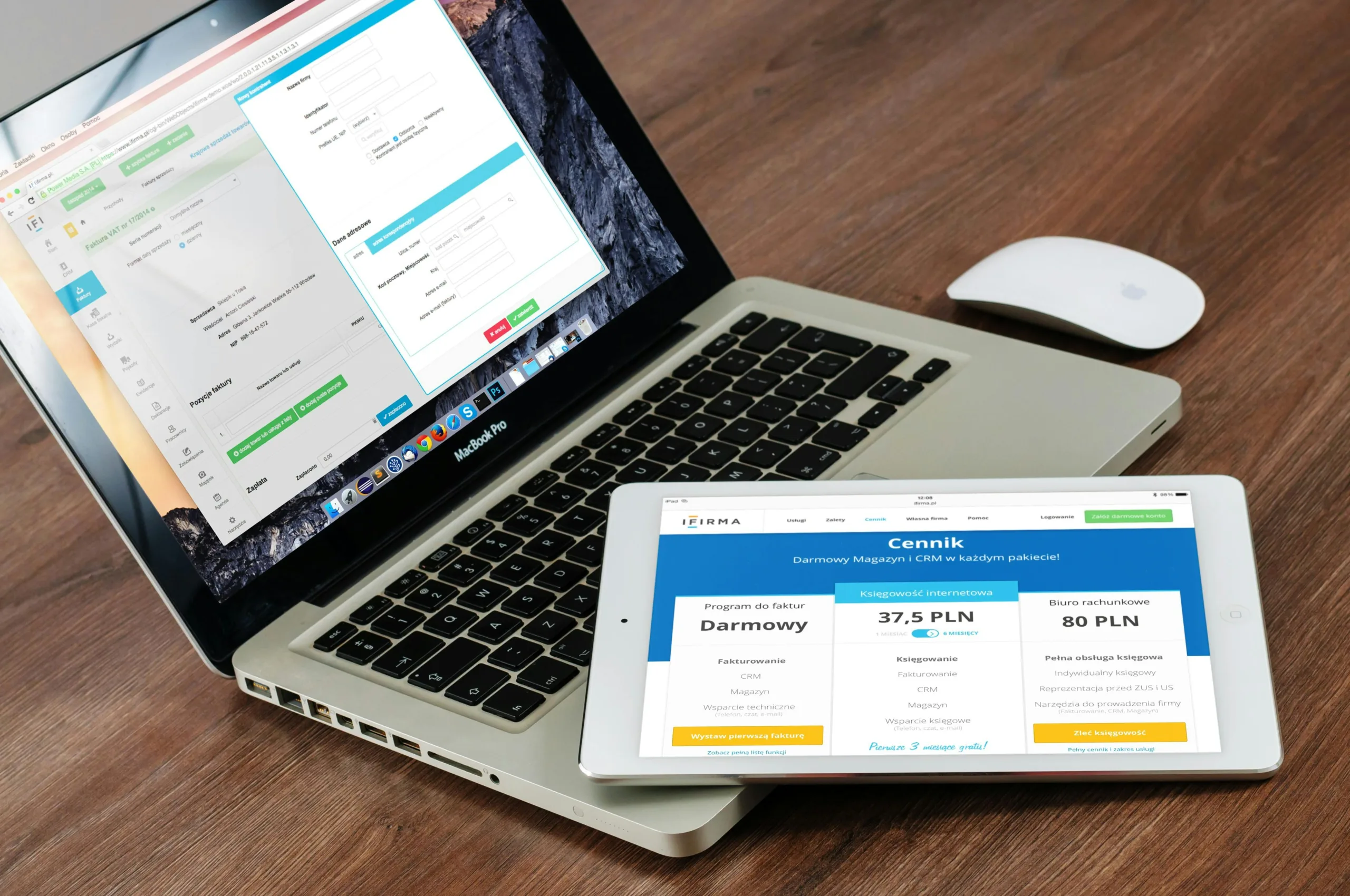The right design can turn your website into your most powerful business asset.
Your website isn’t just an online brochure — it’s a reflection of your brand, your values, and your professionalism. Choosing the right website design is one of the most important decisions you’ll make when building or redesigning your digital presence. A great design isn’t just visually appealing; it enhances usability, builds trust, and encourages users to take action.
“Design is not just what it looks like and feels like. Design is how it works.” – Steve Jobs

Start with a Clear Understanding of Your Audience
Before choosing colors, layouts, or fonts, you need to know who you’re designing for. Are your visitors mostly tech-savvy millennials or traditional professionals? B2B clients or e-commerce shoppers? Your audience’s preferences and browsing behavior should guide every design decision.
Align with Your Brand Identity
Your website should feel like a natural extension of your brand. Consistent use of your logo, color palette, tone of voice, and visual style helps reinforce brand recognition. A playful, bold design might work for a lifestyle brand, but a clean, minimalist layout may better suit a legal consultancy.
Prioritize User Experience (UX)
Your design needs to support future growth. Choose a layout that allows you to easily add new pages, product categories, or blog content without cluttering the interface. Think modular — flexible sections that can be expanded or reordered as needed.


Consider Scalability and Content Flow
Your design needs to support future growth. Choose a layout that allows you to easily add new pages, product categories, or blog content without cluttering the interface. Think modular — flexible sections that can be expanded or reordered as needed.
Test on All Devices and Browsers
Responsive design is non-negotiable. Your website must look and function flawlessly on smartphones, tablets, laptops, and desktops. Test on different browsers and screen sizes to ensure every visitor gets the best possible experience.
Your website is often the first place a potential customer interacts with your brand — and they’ll form an opinion in seconds. By choosing a design that speaks to your audience, reflects your identity, and functions beautifully across devices, you’re investing in one of your business’s most powerful assets.
If you’re unsure where to start, working with a design partner who understands your industry and goals can make all the difference.


Comments are closed